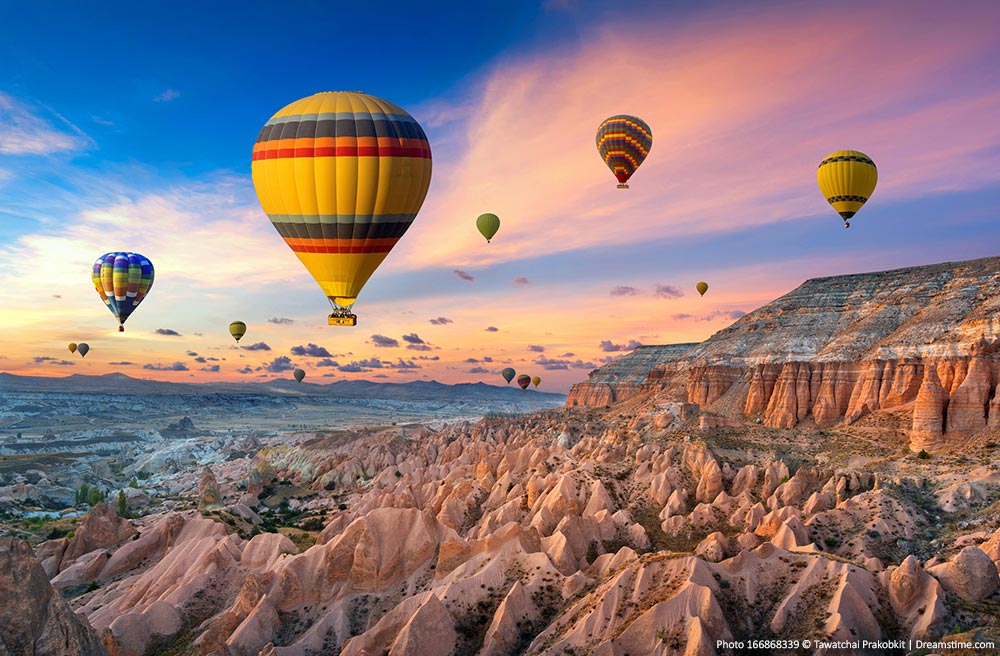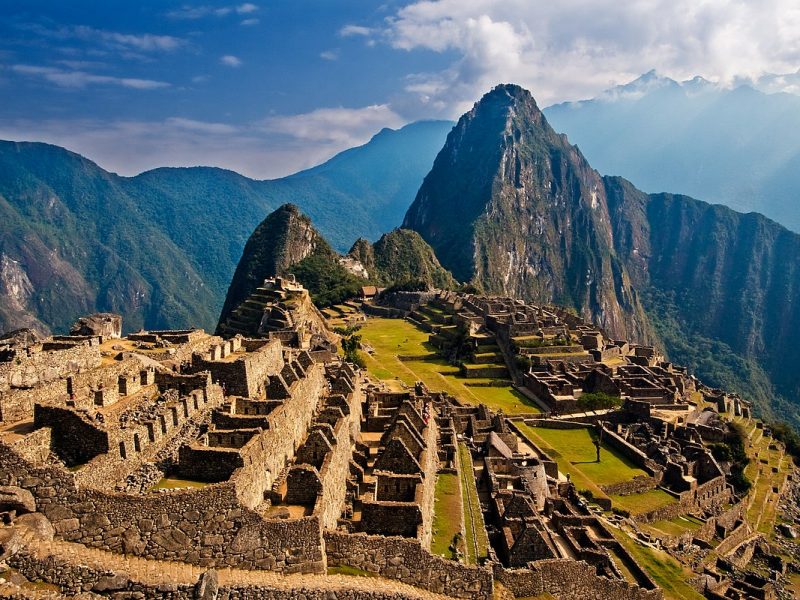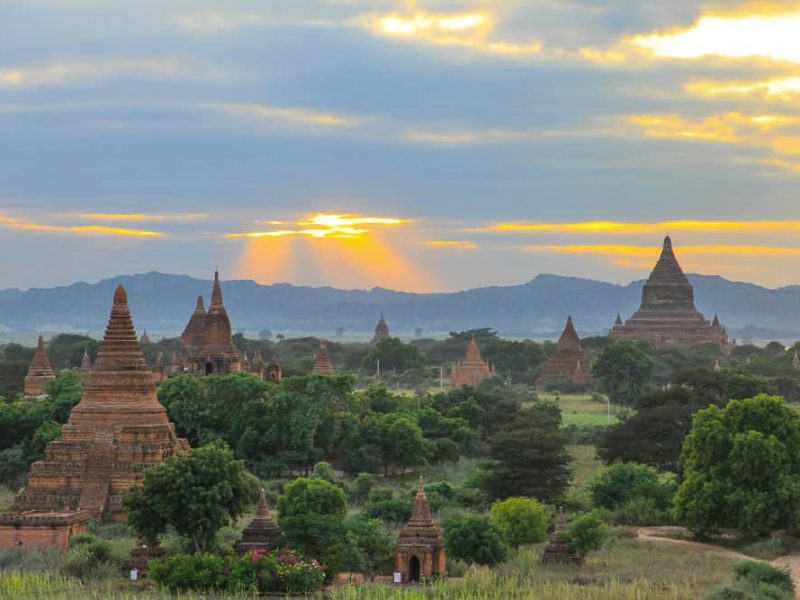Just an hour and a half flight from Istanbul to Kayseri or Nevşehir will take you to discover the beauty of Cappadocia: breathtaking alien landscapes, underground cities and cave monasteries.
Cappadocia is the name of a historic region located in southeast Asia Minor, in the heart of modern-day Turkey. It is a veritable open-air geological museum. Some 65 million years ago volcanoes erupted on this land. The red-hot magma poured to the surface, filling the soft tuff foundations, which then solidified into solid monoliths.
History of Cappadocia
The history goes back centuries. The name “Cappadocia” has a controversial origin. It is believed that the name was given to the area by the Hittites. “Cappadocia” means “Land of beautiful horses” or “Land where good horses were bred”. In principle, the idea has some basis. When the Hittites arrived here, the local population already led a sedentary life, breeding horses among other things. Horses, like their distant ancestors, the hippopotamuses, have been around since time immemorial. So the local population certainly mastered this livestock industry.
However, linguistic research continues to provide theories. For example, in 2000 BC belief in the goddess Khepat (Kuta Khepat, i.e. the sacred Khepat) was widespread in the area. Perhaps this is the basis that later became “Cappadocia” in the Hellenic language. And it means “Land/people of the sacred Khepat”.
Although the origin of the name remains a mystery to scholars, the origin of the local landscape is more or less clear. Long ago, in the third geological period, the Anatolian plateau was a lowland sea surrounded by forests, which were inhabited by mastadons, hippopotamuses (ancestors of horses) and other animals of the time. As a result of geological cataracts and the uplift of the Toros mountain ranges in the south, a volcanic chain was formed in the area, which includes the present-day (but thankfully dormant) volcanoes Erciyas (3917 m), Hasan (3268 m) and Melendiz (2935 m). About 10 million years ago these volcanoes were very active. A huge amount of ash and lava was released as a result of their activity. All this was deposited in layers. As a result, the area had risen 200 metres from its original level. Over the years, the ash turned into tuff and the lava into basalt. Under the influence of wind, rainfall and temperature changes, erosion took place. Tuf is a very fertile material. The result is an unreal and surreal landscape called Cappadocia: all these magical fairy chimneys, canyons, valleys, unreal figures, unimaginable in Turkish peribacalar (or fairy chimneys in English). Unfortunately, what once created this fantastic terrain will also destroy it. Erosion continues, which means that one day all this beauty will disappear.
People have lived in this area since time immemorial. They gathered, hunted and fished. They settled along the main water source of the Kyzylmak River, leading a predominantly nomadic way of life. Gradually people began to develop fertile local soils, which led to their complete sedentarisation, and the appearance of settlements. The Ankara Archaeological Institute, which has been conducting research since 1964, is able to locate stone tools, which date back to the Palaeolithic age. In addition, Neolithic settlements have been identified. The largest are Adcigöl and Tatların.
The history becomes clearer around 2000 BC. When merchants from Assur established the Karum trading colonies. One of these colonies was Kanish, now known as Kultepe, near the city of Kayseri. The prosperity of this area began with the times of the Hittite kingdom. Today, clay tablets have been found with writings on them. The Hittites began to build underground cities, which are still impressive today. This area has lost importance since the Assyrian colonies in Anatolia collapsed. This is also the end of the writing period. The Hittite kingdom was succeeded by the Phrygian kingdom (750 BC). But about 450 years elapsed between these reigns, a totally dark period in Cappadocia. It was then ruled by the Medians and the Persians. Under Alexander the Great, the kingdom of Cappadocia arose here. After the death of Macedonius and before the inclusion of these territories in the Roman Empire, Cappadocia became an independent state. The Romans had no particular interest in the territory, and it was all about the security of the military and trade routes that ran through it. Cappadocia prospered again with the arrival of Christianity, brought here by the Apostle Paul himself. By the 4th century, Caesarea became an important religious centre. Numerous monasteries were established in the valleys surrounding Caesarea. They comprised whole complexes, sometimes even small towns, settlements. Some of them have survived to this day. They are the Goreme Museum, Zelve, Aciksaray and the Ihlara Valley.
Three great Cappadocians lived here in the 4th century: Gregory of Nyssa, Basil of Caesarea and Gregory the Theologian. They are respected in both Orthodox and Catholic churches.
The churches of Cappadocia are also interesting because in some of them it is possible to see an unfamiliar decoration. This period was not in Russia. Because Christianity has come to us later. It dates back to about the 8th-9th century. Period of struggle against iconography, when images of saints were banned in the image of people. You can read more about the period of the struggle against iconography, motives and so on in the Cappadocia travel guide “Books, articles, publications about Cappadocia and Turkey” – The Byzantine Empire: The Iconoclastic Period.
Christianity in Cappadocia flourished under both the Seljuks and the Ottomans. For centuries, Islam and Christianity coexisted here in perfect love and harmony. It was not until the 1920s that love ceased to exist here. In the 20th century began a sad chapter of Turkish history, very neutrally called “population exchange”, when in fact the local Greeks were expelled from Turkey and the Turks from Greece.
Then years of abandonment again. Monasteries and churches with their unique frescoes destroyed or adapted by local peasants as storehouses, sheepfolds or dovecotes. Cappadocia experienced a tourism boom that began in the early 1980s and continues to this day. Hotels and other tourist infrastructure are beginning to be built, and some monasteries and churches are being restored. Today, Göreme National Park (almost 300 sq km) is included in the UNESCO World Heritage List.
The cave settlements of Cappadocia
Since ancient times, the caves of Cappadocia, where it is cool in summer and warm in winter, have attracted an enormous number of hermits. The secluded life in rock-hewn dwellings, far from the cities, contributed to spiritual enlightenment. The cells were often high up and could only be reached by rope ladders. According to some reports, as many as 30,000 monks lived in Göreme at the end of the first millennium.
In all, more than 1,000 cave churches and hermitages have survived to the present day. The 11th century is considered a century of artistic flowering in Cappadocia. It is reminiscent of the splendidly frescoed temples of Goreme (9th-11th centuries). In the 19th century, the French priest J. Gérfanion discovered abandoned underground cities in Cappadocia with ventilation shafts, food storage, wells, stables, cellars, kitchens and chapels. These cities served as a refuge for early Christians fleeing religious persecution. In 1985, Goreme National Park and the Rocks of Cappadocia were inscribed on the UNESCO World Heritage List. The village of Göreme is still inhabited. Its houses look like huge birdhouses: the windows of the caves are glazed and there is running water and electricity inside.
Hot air balloon rides
No other excursion is as exhilarating and impressive as a hot air balloon flight. You will be able to contemplate the beauty and grandeur of the mountainous landscapes of the region. Only from the height of a bird’s flight can you truly appreciate the uniqueness and uniqueness of Cappadocia.
Balloon flights are carefully controlled by special services, so you can be sure of professional instructors and the safety of the flight. There are restrictions on the number of people who can be in the basket at a time during the flight and on the number of balloons in the air.
Ballooning is possible at any time of the year, but good weather is a prerequisite for the flight. Naturally, the greatest number of people wishing to fly in the sky happens to be in the spring and summer seasons.
The flights start very early in the morning so that tourists can enjoy the sunrise. The flight lasts about an hour, during which the balloon flies for several kilometres. The balloon does not fly, but glides slowly through the air, allowing those inside to make a gesture of pleasure.
The price of a balloon ride depends on the number of people in the balloon at the same time. The maximum number of people in a basket is 35. On landing, participants will receive special certificates and champagne to celebrate this extraordinary event.
You may also like:



